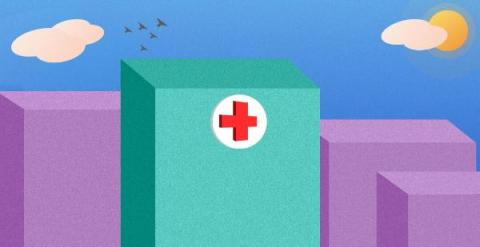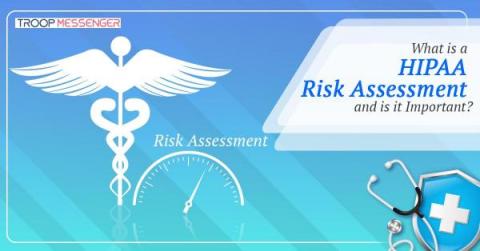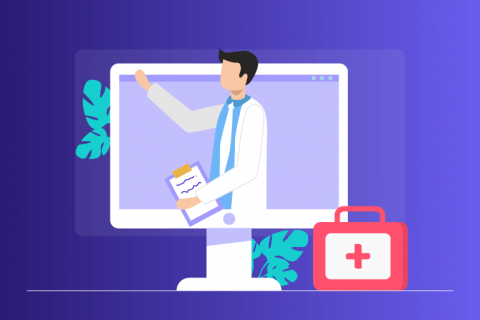Best Project Management Software For Healthcare
Choosing best project management software for healthcare can be a challenging task, because managing healthcare projects means you have to ensure that all parts of the project are done correctly and on time without delay. This can be pretty hard depending on how big the project is as well as how complex it is. So what many companies do is they hand out a project manager to oversee everything that needs to be done.










